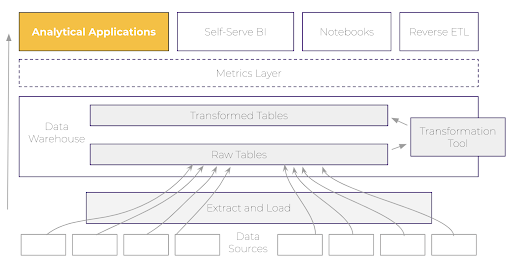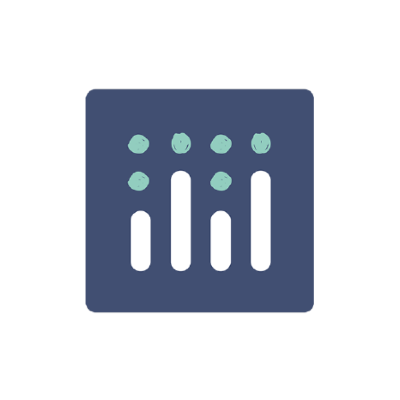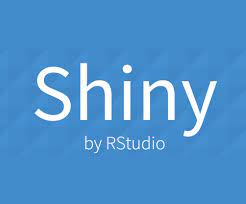Data Apps

Analytical applications are purpose-built, interactive products built for data consumers.
Jump To :
What are analytical applications?
Analytical applications are purpose-built, interactive products built for data consumers. Data apps are built using a combination of:
- Data visualization
- UI components
- User inputs
- Other custom features
Unlike traditional dashboards, data apps are highly customized and built for specific use cases or user experience goals.

How do companies build Analytical Applications?
Traditionally, analytical applications are built by teams of software engineers and designers using a combination of front-end and back-end development to create a bespoke data product. As the modern data stack has evolved, tooling has made building data apps easier and more reliable. Tools like TopCoat, Streamlit, Plotly Dash, Cube, and Shiny make it easier to build and launch these applications.
When do traditional dashboards fall short?
When use cases for analytical apps arise, the initial reaction of many companies is to try and fit the requirements into traditional dashboarding tools. While traditional dashboards are easy to build, they often have many downsides. Traditional dashboards:
- Are hard to version control or build using git workflows
- Can’t be integrated into a CI/CD pipeline
- Can’t be customized, extended, or built with custom features
- Fall short of performance expectations
Data app use cases often require a very high bar for user experience, custom branding, and data interactivity that cannot be accomplished by traditional dashboards.
Why use an analytical app platform?
Building custom data apps is expensive and requires teams of software developers. While this is often the right approach for certain data products, modern tooling has enabled a faster, cheaper, and more reliable solution. Data app platforms enable the rapid development of data products by data teams and unlock capabilities previously only available to software engineers.
What are some of the use cases for data apps:
There are many use cases for building data apps but a few of the main uses are:
- Standalone customer-facing data applications for data sharing, monetization, or productization.
- Data products requiring a traditional software development lifecycle and engineering best practices
- Internal data products and portals exposing key analysis, not best suited for traditional dashboards
- Embedded data apps within the context of a larger application
What are the main things I should consider when buying an analytical application platform?
- Who is doing the work: Make sure to consider exactly who will be building your analytical app and select a tool for that persona. Some platforms are built for analysts. Others are built for engineers and python developers.
- Performance: What level of performance is required from your application? Is intermediate storage or caching layer required for your use case?
- Access controls and authentication: How will you user authenticate to the application? Does the platform support your method of authentication?
- Custom features: What makes your app unique? Is this possible using the platform? How extensible is the platform?
- Visualization libraries and flexibility: Can the platform support your necessary visualization options?
- Workflow: Does the platform support traditional software engineering workflows necessary to support a critical analytical application at your organization?
Featured Companies
Here are some amazing companies in the Data Apps.
Streamlit is an open-source app framework for creating and deploying d ...



